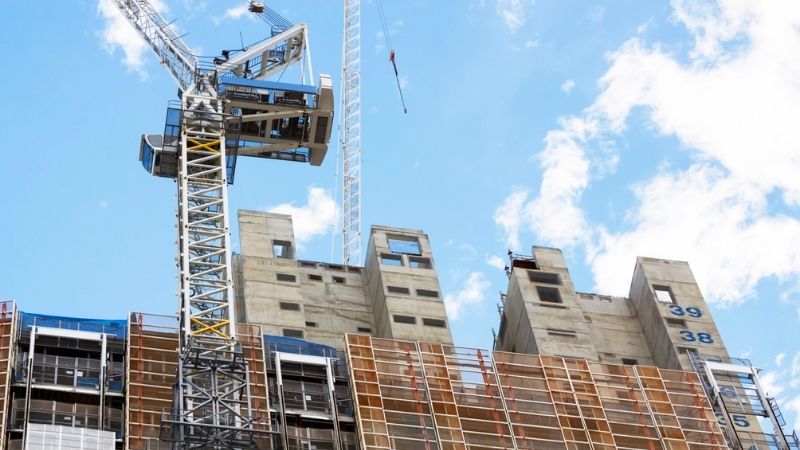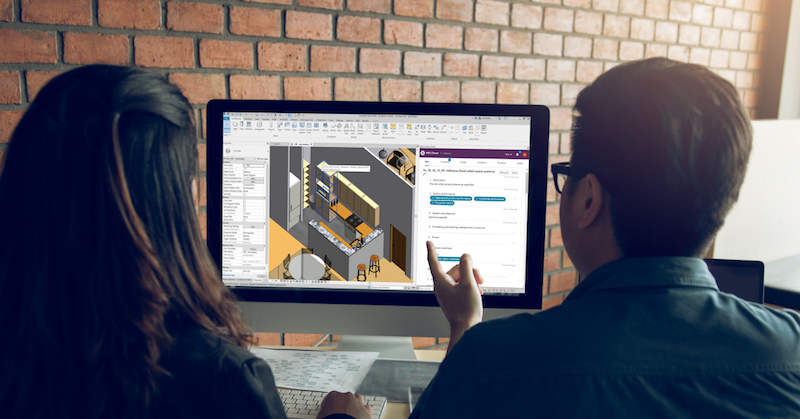Resources
Newsletter
Stay up to date and with the latest news, projects, deals and features.
SubscribeThe building industry is coming to grips with some of the biggest legislative changes in decades.
In August, the final tranche of the Australian Building Codes Board’s National Construction Code 2022, which has been flagged as the most substantial change to the residential construction code since 2010, were released for comment.
In NSW, changes already introduced are having far-reaching consequences to how the sector operates across a range of roles, from developers to architects to builders.
Under the Design and Building Practitioners Act (Class 2 buildings or building with a Class 2 part in NSW), design and building practitioners are required to provide declarations as to whether the building work complies with the requirements of the Building Code of Australia (BCA) prior to an occupation certificate being issued.
Compliance declarations have been introduced to ensure that designers and builders work closely together to co-ordinate designs both prior to and during construction.
In NSW, there are three types of compliance declarations: Design Compliance Declaration; Principal Compliance Declaration and Building Compliance Declaration.

Before construction can commence, a registered design practitioner submits the Design Compliance Declaration to declare compliance with the BCA and other relevant standards.
Once construction is under way, declarations of variations must be made in relation to proposed variations to regulated designs. Variations from approved plans are common in the construction industry and often happen without the input of the architect or engineer responsible for the design.
Consulting with the design practitioner on variations can mitigate risks involved with substitution, integration (when a design is changed without factoring in how it will impact other elements) and standards.
Then, before the occupation certificate is issued, a registered building practitioner (the person who agrees to oversee the building work) submits the Building Compliance Declaration to confirm the building work has been constructed in accordance with the compliant designs and BCA.
So, what does the Act mean for both specifiers and building product manufacturers?
Architects and specifiers must now make design compliance declarations for all residential apartment buildings and related mixed-use buildings in NSW to certify compliance with the BCA and relevant standards.
For building product manufacturers, it is now more crucial than ever to offer compliant products to meet the standards. Manufacturers that can support their products by providing third-party certification will be more likely to become specified.
Across all these roles, the ability to source compliant products and write specifications from a single platform has obvious advantages.
NBS, is leveraging technology to anyone involved in the design, supply and construction of the built environment to build better, safer and importantly, compliant projects.

For architects, engineers, designers, and contractors NBS provide a cloud-based specification system, that enables them to work smarter and reduce their risk - NBS Chorus.
For building product manufacturers, NBS offer a platform to help them share their technical product information with specifiers in a consistent and structured format - NBS Source.
With NBS Source and NBS Chorus, the task of finding and selecting compliant products for each project can be simplified and streamlined.
NBS Chorus is connected to NBS Source which allows designers and specifiers to select compliant products from within the specification platform, into the 3D model or both via full integration with Revit, ArchiCAD and Vectorworks.

Having relevant compliant product data in NBS Chorus saves a huge amount of time that would otherwise be spent researching the right products for projects.
NBS Chorus also allows for the capture of revisions and changes made in the process, ensuring product selections are certified and compliant.
These solutions act as a “Golden Thread of Information” as called for by the Hackitt report, the Building Products Innovation Council of Australia’s Rebuilding Confidence report and the Shergold-Weir Building Confidence report.
NBS’ platforms and services are a low cost, easily integrated and central to helping achieve the recommendations from these reports which include:
Rebuilding public trust and confidence in the construction industry
Bringing about necessary cultural change and better regulatory compliance
Ensuring building fire safety systems are fit for purpose through the design, construction, and maintenance phases
Fostering an improvement in the quality of buildings both specifically in respect of fire safety, structural and waterproofing systems and generally across all other elements
Adopting better building product procurement, testing and certification
Providing a consistent national approach to building systems and product terminology
With NBS’ solutions, providing and sourcing products that are compliant and fit for purpose has become simpler, more efficient, and more economical - product information is just a click away.
To learn more how NBS can help you work smarter and faster, click here.
The Urban Developer is proud to partner with NBS to deliver this article to you. In doing so, we can continue to publish our daily news, information, insights and opinion to you, our valued readers.